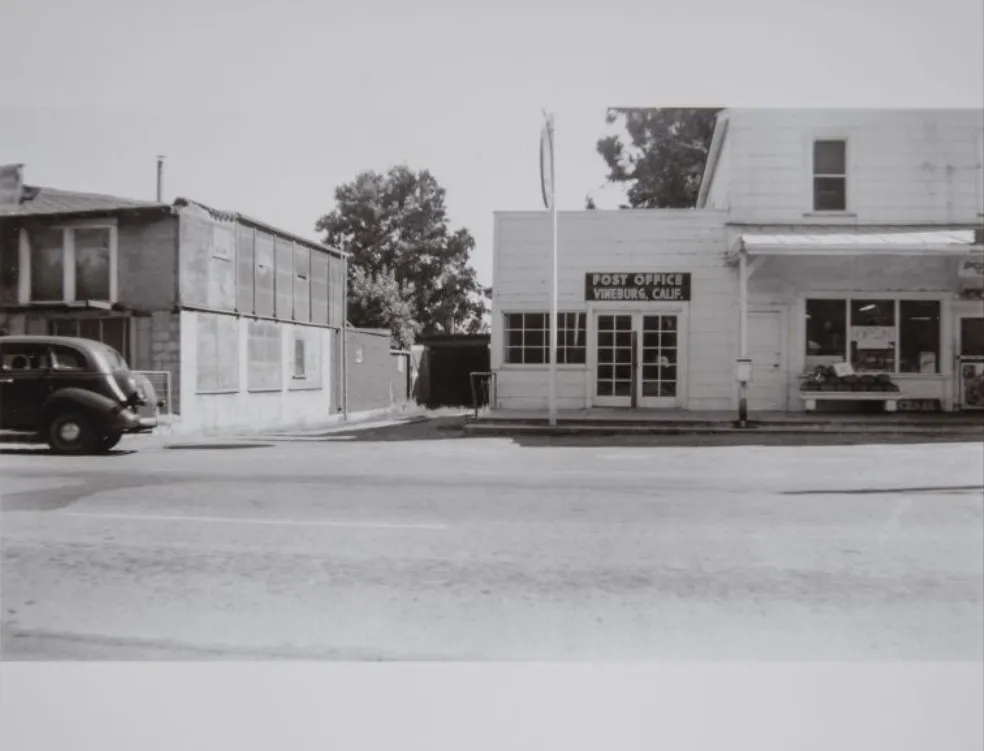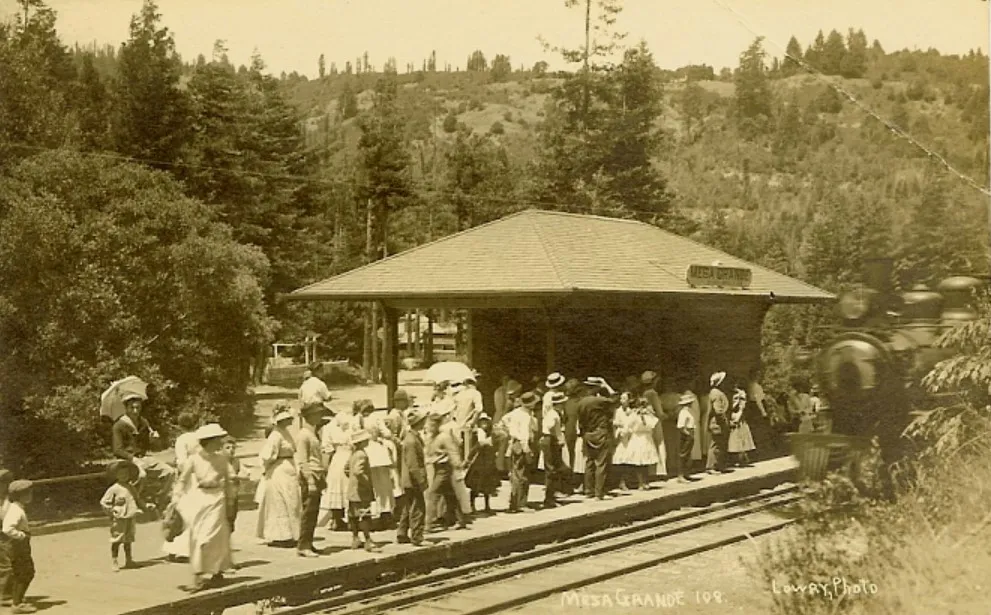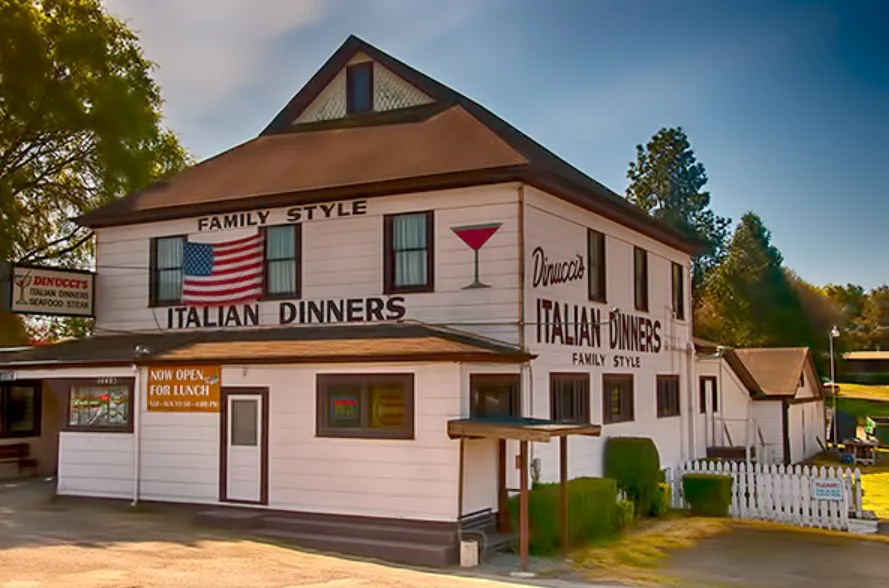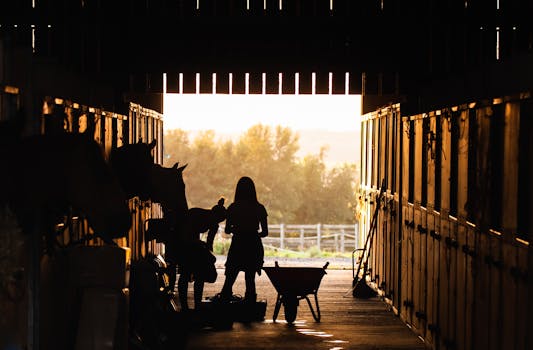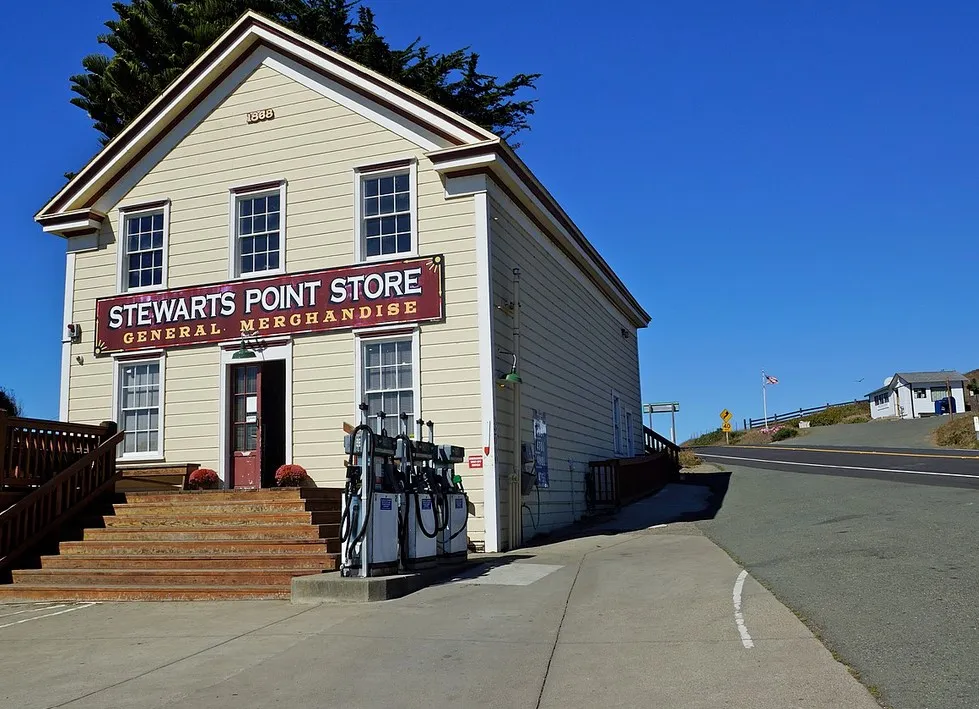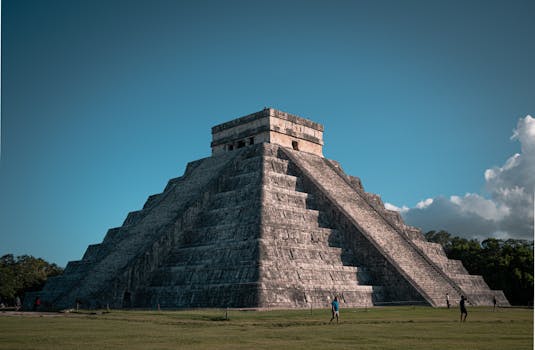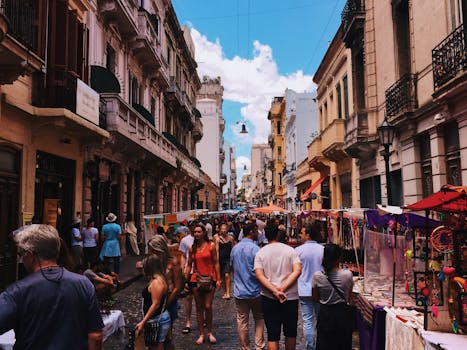The Timeless Tale of Vineburg, CA: A Journey Through History
Nestled in the heart of Sonoma County, California, lies the quaint and charming town of Vineburg. A hidden gem that whispers tales of a bygone era, Vineburg's roots are deeply intertwined with the rich history of viticulture. This heritage has shaped its character and spirit. Let's embark on a fascinating journey through Vineburg's past, a voyage that will take us back to the origins of this enchanting locale.
Your number one stop in town for a bite to eat
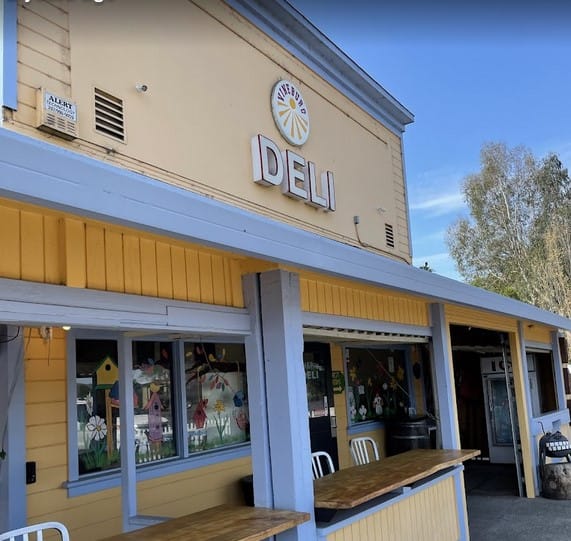
Let's get one thing out of the way, when you visit Vineburg, CA, you really need to stop by Vineburg Deli. They have the best sandwiches in town hands down. My favorite is their tri-tip sandwich, with lettuce, tomato, onion, banana, pepper, olive, and bbq sauce.
The Founding of Vineburg
The story of Vineburg begins in the mid-19th century, a time when California was a land of promise and opportunity. The Gold Rush had sparked a mass migration to the West, and amidst this backdrop of change and hope, Vineburg was born. The town was founded by pioneers drawn to the fertile soils and idyllic climate of Sonoma County, perfect for cultivating a variety of crops, most notably, grapes.
These early settlers of Vineburg were not just farmers; they were visionaries. They saw potential in the rolling vineyards, and they had a dream: to create world-class wines that would rival those of the Old World. And thus, the seeds of Vineburg's viticulture legacy were sown. The settlers worked tirelessly, nurturing the vines and mastering the art of winemaking. Their passion and dedication bore fruit, quite literally, and Vineburg wines began to make a name for themselves.
Vineburg: A Wine Haven
As the decades rolled on, Vineburg's reputation as a wine haven continued to grow. The turn of the 20th century saw the town blossom into a vibrant community, a hub for wine enthusiasts and connoisseurs. The rustic charm of Vineburg, coupled with the allure of its wines, attracted visitors from far and wide. It was during this period that Vineburg's iconic wineries, with their picturesque landscapes and captivating architecture, began to take shape.
The Prohibition Era
However, the path was not always smooth. The Prohibition era in the 1920s dealt a heavy blow to Vineburg's wine industry. Vineyards were abandoned, wineries closed down, and the town was plunged into uncertainty. But Vineburg, like the vines that defined it, proved resilient. The community banded together, weathering the storm and patiently awaiting the return of better days.
Post-Prohibition Renaissance
With the repeal of Prohibition, Vineburg experienced a renaissance. The vineyards were revived, the wineries reopened, and the town once again buzzed with activity. The post-Prohibition era marked a golden age for Vineburg, a time of innovation and growth. Winemakers experimented with new techniques and varietals, pushing the boundaries of what was possible and redefining the world of wine.
Vineburg Today
Today, Vineburg stands as a testament to the enduring spirit of its founders. The town is a vibrant blend of old and new, where tradition meets innovation. The vineyards that carpet the landscape are a visual reminder of Vineburg's rich history, a history that is tasted in every bottle of wine that bears its name.
Visiting Vineburg is like stepping back in time. The town exudes a rustic charm that transports you to a simpler era. The wineries, with their historic buildings and lush vineyards, are living museums, each with its unique story to tell. And the wines? They are the essence of Vineburg, a sensory journey through the town's history.

